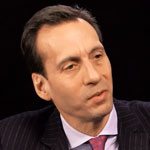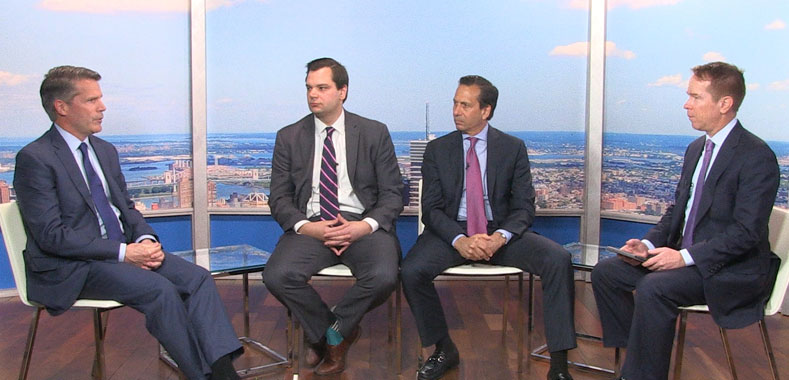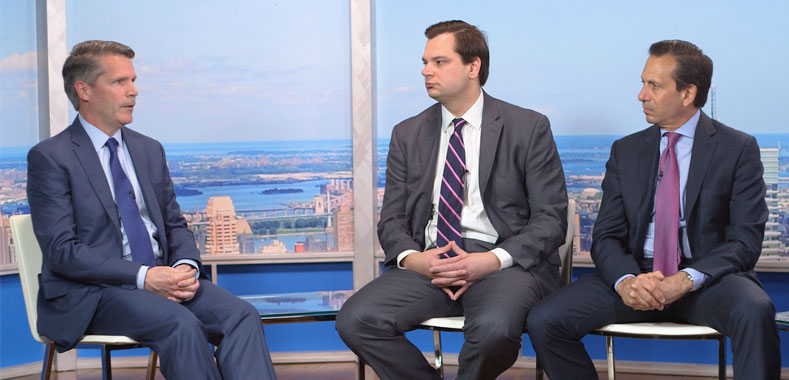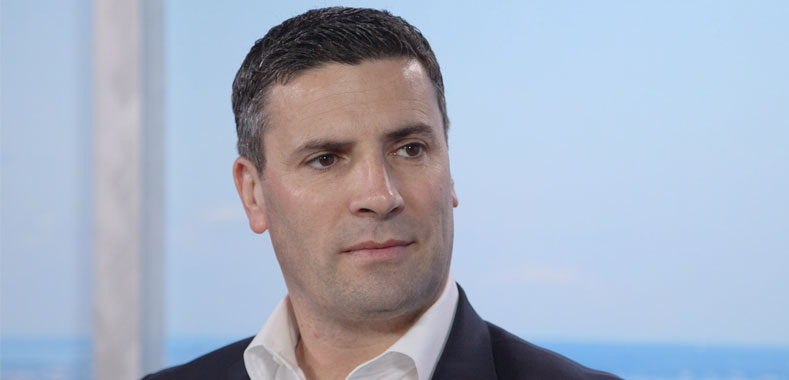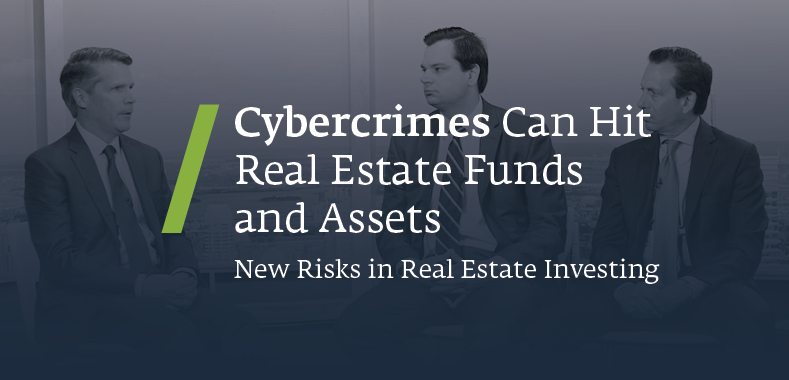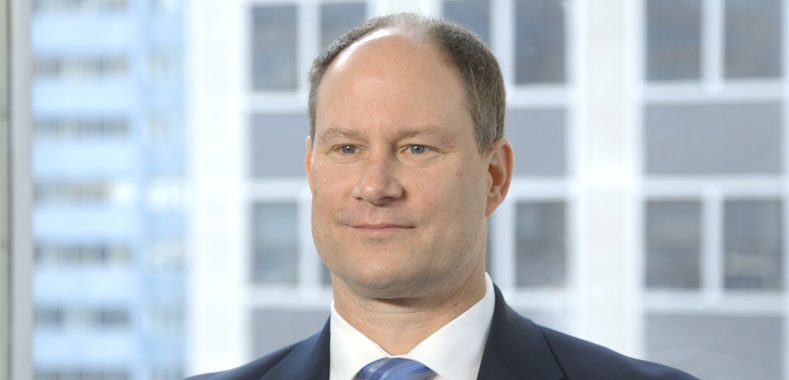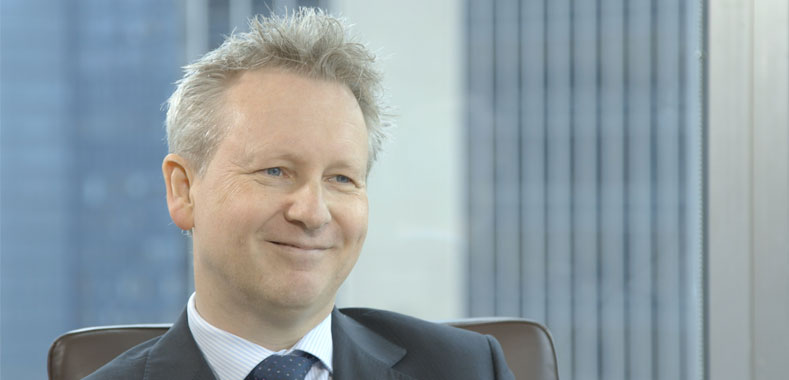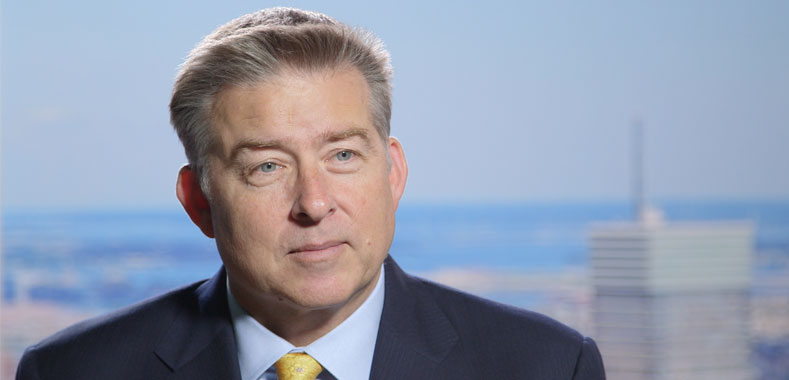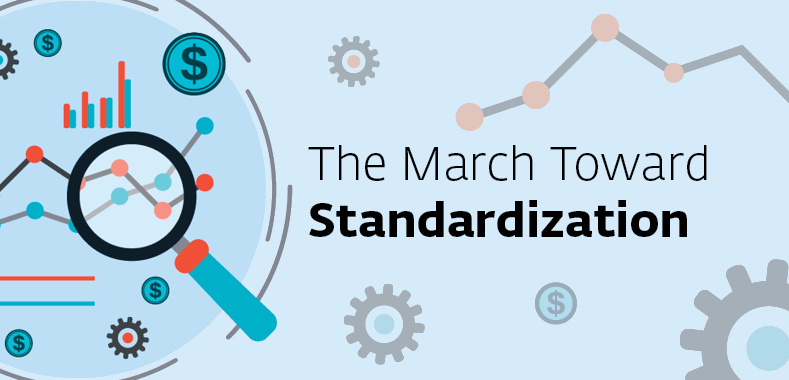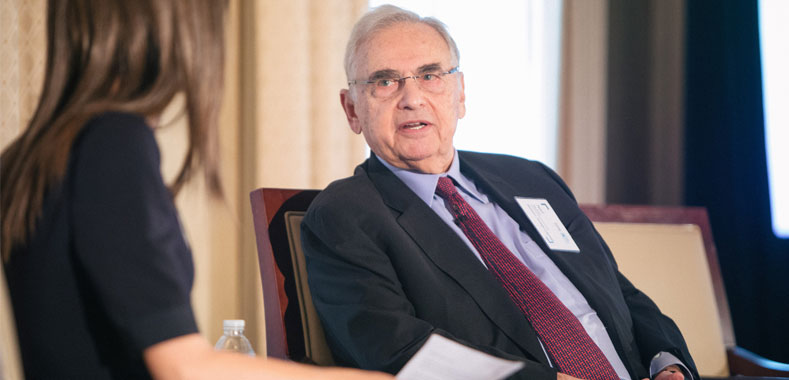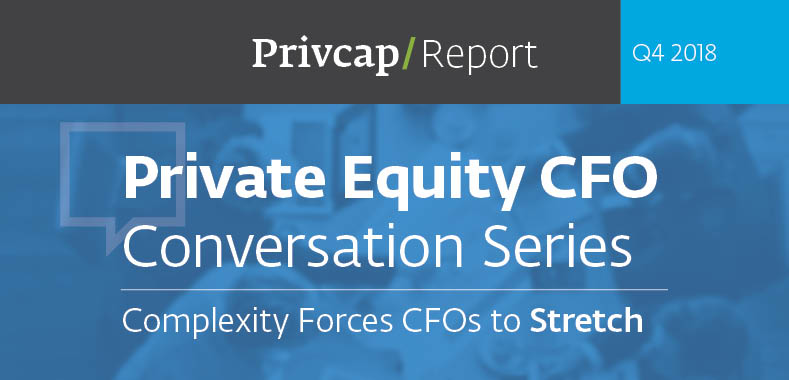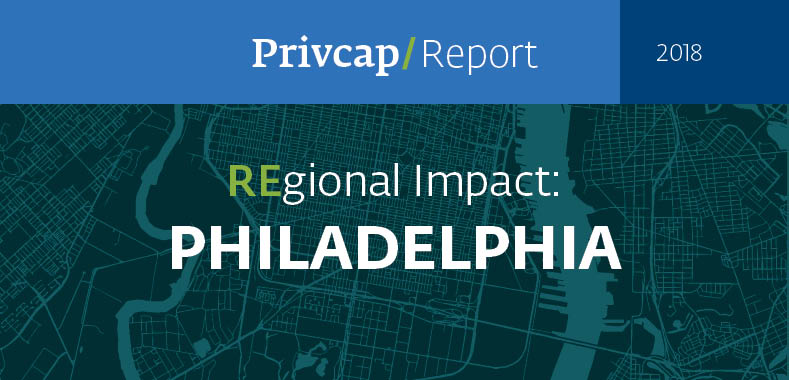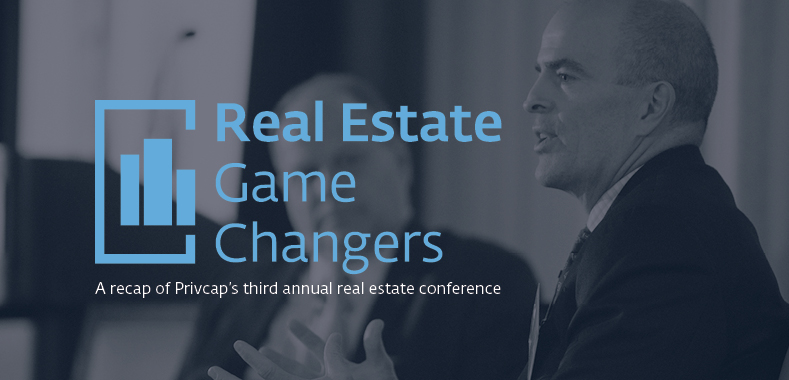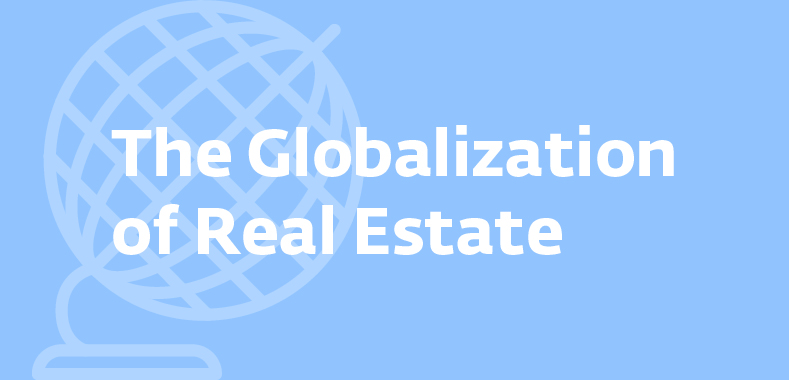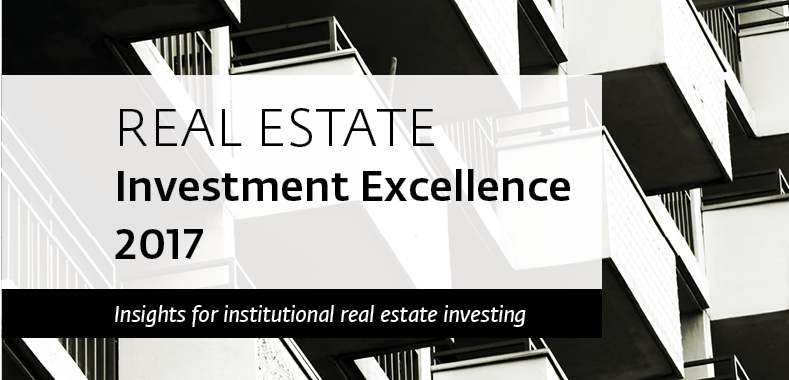Strengthen Your Back Office, Lower Your Risk
Experts from The Praedium Group, StepStone Group, and RSM US LLP share perspectives on operational due diligence and risk management.
Transcript Download Transcript
Strengthen Your Back Office, Lower Your Risk
Russell Appel, The Praedium Group:
In the ’90s you had a bunch of deal junkies. You had a bunch of people who were running around, doing deals — highly entrepreneurial — and I think that the industry has evolved. The focus on being a fiduciary and planning for the unexpected has just become more important.
David Snow, Privcap:
Jay, as someone who backs managers, what are you looking at, as far as the institutional quality of the firms themselves?
Jay Morgan, StepStone Group:
We’ve gone to the point of having an ODD team go on-site, completely independent of the investment decision-making. So they’re looking at the regulatory environment that the manager operates in, and make sure that everything is consistent with the statutory requirements. They’re looking at the cash controls. They’re looking at the back office controls. They’re looking at the IT security.
Appel: Part of what we’re talking about is making sure that firms have processes in place to be prepared.
Snow: Any classic examples of there being negative consequences of either client or a manager that you’re looking at, where it was clear that the outcome was negative because of a weakness in their approach to risk assessment or risk management?
Nathaniel Ruey, RSM:
We had a hospitality real estate fund, and they had someone in the back office that was responsible for all the bookkeeping. The vendor master file had access to checks, so they wound up changing the vendor master file, cutting checks to themselves, and this was something that had gone on for three or four months until finally getting caught. The checks and balances weren’t there. I think some of it’s just back to basics of the blocking and tackling of key financial controls, making sure that the strong governance is in place, with policy and procedures. And then, not just having those, but testing those periodically to make sure that they’re operating effectively.
